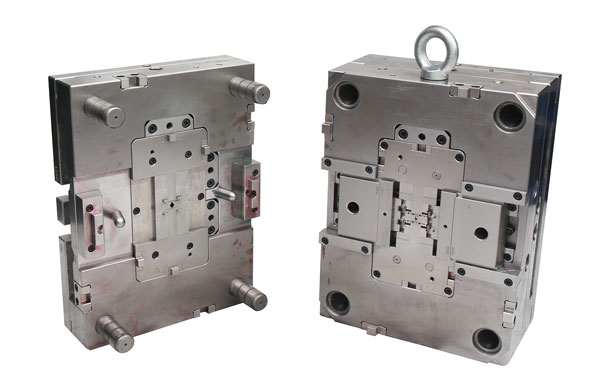In the intricate world of plastic mold design, ensuring that plastic parts can be ejected smoothly, that the ejection mechanism operates flexibly, and that it can return to its original position reliably are crucial criteria for assessing mold quality. To achieve this ideal ejection effect, designers often need to skillfully utilize a series of auxiliary parts. So, what are these auxiliary parts, and how do they function?
Firstly, we must mention the guide parts. In plastic molds, the ejection mechanism needs to move back and forth, and the guide parts exist to ensure that this movement can be carried out flexibly and accurately. Like precise navigation devices, they guide the ejector plate to remain straight during the ejection process, effectively preventing the ejector pins or return pins from deforming or breaking due to tilting. At the same time, the guide mechanism can reduce friction between the ejector pins and the ejector pin holes, making the ejection process smoother and unobstructed.

Next, we will introduce the return parts. After the ejection mechanism completes the task of ejecting the plastic part, it must be able to return to its original position accurately for the next use. Except for the ejector plate ejection mechanism, other ejection mechanisms need to rely on return parts to achieve this function. Common return forms include return pin return, ejector pin doubling as return pin return, and spring return. Among them, when using return pins for return, the return action takes place in the later stage of mold closing, ensuring accurate return of the mold; while when using springs for return, the return action begins in the earlier stage of mold closing. Although the return time is earlier, the gradual decrease in spring force also makes its return reliability relatively slightly worse.
In summary, whether plastic parts can be ejected smoothly is an important criterion for judging the qualification of plastic molds. Therefore, in the initial stage of plastic mold design, designers must fully consider the issue of ejection, reasonably select and utilize guide parts, return parts, and other auxiliary parts to ensure that the mold can complete the ejection task smoothly and accurately.